 It may be known as the Music City, but Nashville is also shooting for another designation. The municipality made recent headlines when city leaders announced a goal to become the “greenest city in the Southeast.”
It may be known as the Music City, but Nashville is also shooting for another designation. The municipality made recent headlines when city leaders announced a goal to become the “greenest city in the Southeast.”

 It may be known as the Music City, but Nashville is also shooting for another designation. The municipality made recent headlines when city leaders announced a goal to become the “greenest city in the Southeast.”
It may be known as the Music City, but Nashville is also shooting for another designation. The municipality made recent headlines when city leaders announced a goal to become the “greenest city in the Southeast.”
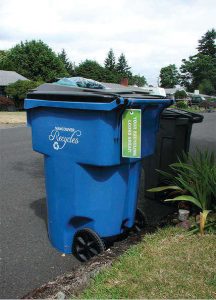 Through early implementation of recycling incentives and consistent outreach to involve the public in recycling initiatives, Vancouver, Wash. and its surrounding county have carved out a recycling rate of more than 50 percent over the past two decades.
Through early implementation of recycling incentives and consistent outreach to involve the public in recycling initiatives, Vancouver, Wash. and its surrounding county have carved out a recycling rate of more than 50 percent over the past two decades.
 In the City of Madison, Wis., staying consistently ahead of the curve has led to high diversion and citizen engagement in municipal recycling.
In the City of Madison, Wis., staying consistently ahead of the curve has led to high diversion and citizen engagement in municipal recycling.
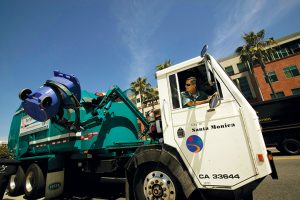 It’s known for its laid back surfing and skating culture, but Santa Monica, Calif. has been serious when it comes to recycling.
It’s known for its laid back surfing and skating culture, but Santa Monica, Calif. has been serious when it comes to recycling.
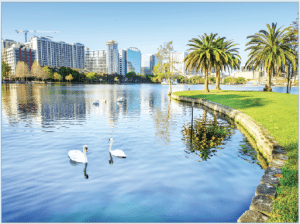 It can be difficult for a recycling program to implement major changes. Switching to single-stream, including more materials or removing others from the accepted list can all lead to more contamination in the stream.
It can be difficult for a recycling program to implement major changes. Switching to single-stream, including more materials or removing others from the accepted list can all lead to more contamination in the stream.
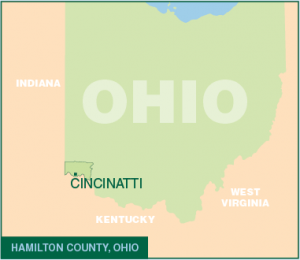 If it seems daunting to tackle contamination and hone recycling efforts in a single community recycling program, try taking on those tasks in four dozen municipalities simultaneously. For one Ohio county, that’s business as usual.
If it seems daunting to tackle contamination and hone recycling efforts in a single community recycling program, try taking on those tasks in four dozen municipalities simultaneously. For one Ohio county, that’s business as usual.
In Toronto, as in other cities, multi-family residential recycling rates have been stubbornly lower than their single-family counterparts. As Canada’s largest city works to boost recycling rates, a local MRF operator is experimenting with recovering recyclables from multi-family garbage streams.
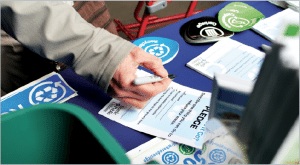
Seattle has steadily grown its program since the 1980s, in large part by regularly interacting with the public.
A data-driven approach to materials recovery has helped the city of Seattle steadily expand its recycling program to target a wider range of streams.
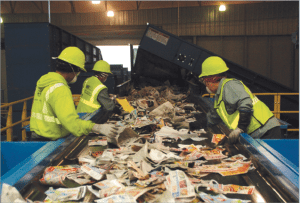 A mixture of urban, suburban and rural communities can create substantial challenges for a municipal recycling program that includes them all.
A mixture of urban, suburban and rural communities can create substantial challenges for a municipal recycling program that includes them all.
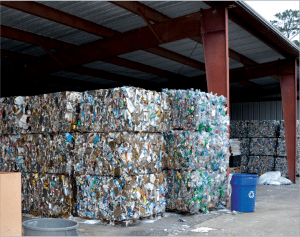 One might assume materials recycling takes a backseat to other priorities on a military installation, but for well over a decade a Georgia military jurisdiction has proven otherwise.
One might assume materials recycling takes a backseat to other priorities on a military installation, but for well over a decade a Georgia military jurisdiction has proven otherwise.
